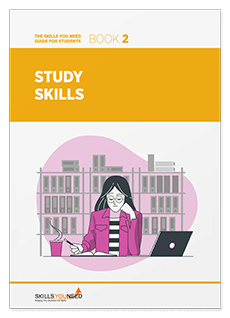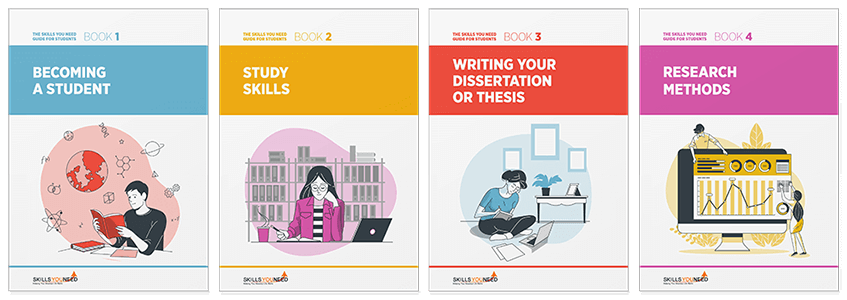At Your Fingertips:
The 8 Types of Learning Styles
See also: Learning Styles
You might think that there’s only one way to learn something - and you would be wrong.
You may not have known that you can boil down the various ways of learning into 8 different styles, and new research shows that these different learning styles may even be deduced from fingerprints, of all things!
Human behavior specialist Scott Black took Harvard professor Howard Gardner’s research and put it into practical use, creating one of the first measurable and predictable ways of determining a person’s overall learning style.
The process starts with your fingerprints, amazingly enough. Within 24 to 48 hours, Black can produce a 36-page report that identifies eight different intellects and how you personally process visual, auditory and kinesthetic information.
Why Does This Work?
There are five different things that are unique to each person on Earth - the cornea of the eye, a person’s DNA, a “brain map,” a person’s own life experiences, and their fingerprints.
Fingerprints are easier to see than a brain map or DNA though and yet they are intimately connected to specific lobes of the brain, determining how people learn and process information.
The 8 Learning Styles:
- The Linguistic Learner
- The Naturalist
- The Musical or Rhythmic Learner
- The Kinesthetic Learner
- The Visual or Spatial Learner
- The Logical or Mathematical Learner
- The Interpersonal Learner
- The Intrapersonal Learner
The Linguistic Learner
The linguistic learner is one who learns best through linguistic skills including reading, writing, listening, or speaking.
Sometimes, it’s a combination of these methods. So, for example, if a linguistic learner wanted to tackle a new skill, their best method of learning would be to read about it, then listen to an audio recording and take notes on it. Finally, concretizing it would require speaking about it and, possibly, writing about it extensively.
Not surprisingly, some of the best teachers and professors are linguistic learners. It’s in the nature of the profession.
The Naturalist
The naturalist learns by working with, and experiencing, nature.
If this sounds a lot like a scientist, it’s because that’s how scientists learn. The naturalist loves experiences, loves observing the world around them, and captures the best information or knowledge through experimentation.
The Musical or Rhythmic Learner
The musical or rhythmic learner is one who learns using melody or rhythm.
This would be like a musician learning how to play by listening to a piece of music or a drummer who hears beats in his head and on the street from arbitrary sources before putting it together in the studio. But it can also be a person who learns best while humming, whistling, toe-tapping, tapping their pencil on the desk, wiggling, or listening to music in the background. For this person, music isn’t a distraction but instead actually helps the learning process.
Some people also think better with background noise, so you may often notice that some people think best when they hum, whistle, bounce a ball off the wall, or make some other noise or move (pace) while thinking.
The Kinesthetic Learner
The Kinesthetic learner is a person that learns best by actually doing something.
These people are also scientific in nature and must interact with objects in order to learn about them (or learn about them in the best way possible).
According to FamilyEducation.com, some of the most common kinesthetic-based jobs are those in the arts, manufacturing or creative fields like physical therapy, dancing, acting, farming, carpentry, surgery, and jewelry-making.
None of these careers could be done without “hands-on experience.” Many of these jobs, with rare exception, are also trade professions that require an apprenticeship or shadowing.
The Visual or Spatial Learner
A visual or spatial learner is a person who learns best if there are visual aids around to guide the learning process.
For example, someone who can learn best from diagrams, pictures, graphs would be a visual or spatial learner. These people tend to be technically-oriented and enter engineering fields.
An example of this type of learner would be a person who becomes a computer engineer or programmer.
But, the best students are those that are visual or spatial learners. Why? Because being proficient in programming and IT requires that you be a strong visual or spatial learner.
Almost everything having to do with computers is conceptual and so it relies on graphical or visual representations of components that can’t actually be seen (e.g. bytes).
The Logical or Mathematical Learner
The logical or mathematical learner must classify or categorize things.
They also tend to understand relationships or patterns, numbers and equations, better than others. These are obviously engineers, scientists, mathematicians, and other technical professions.
The Interpersonal Learner
The interpersonal learner is someone who learns by relating to others.
Often, these people share stories, work best in teams, and compare their ideas to the ideas of others. In a sense, others help them think of new ideas of their own. They are often naturally good leaders as well as team players. You often see these people in various fields of psychology or social sciences.
The Intrapersonal Learner
The intrapersonal, as opposed to interpersonal, learner is someone who works and learns best when they are alone.
They set individual goals that are challenging, but not impossible. They are also motivated by internal forces, rather than external ones. They are often introverted individuals, but not always. These people often enter creative fields, become entrepreneurs, and sometimes small business owners. But, they are usually in fields or industries that allow them to work without direct supervision.
Further Reading from Skills You Need
The Skills You Need Guide for Students

Develop the skills you need to make the most of your time as a student.
Our eBooks are ideal for students at all stages of education, school, college and university. They are full of easy-to-follow practical information that will help you to learn more effectively and get better grades.
How to Determine Your Own Learning Style
You can, of course, learn about your own learning style through Black’s LikeItMatters.net website, but you don’t have to get a fingerprint analysis to become the best version of yourself.
About the Author
Eshna Verma has a Masters in Journalism and Mass Communication and is a Gold Medalist in the same. A voracious reader, she has penned several articles in leading national newspapers like TOI, HT and The Telegraph. She loves traveling and photography.


